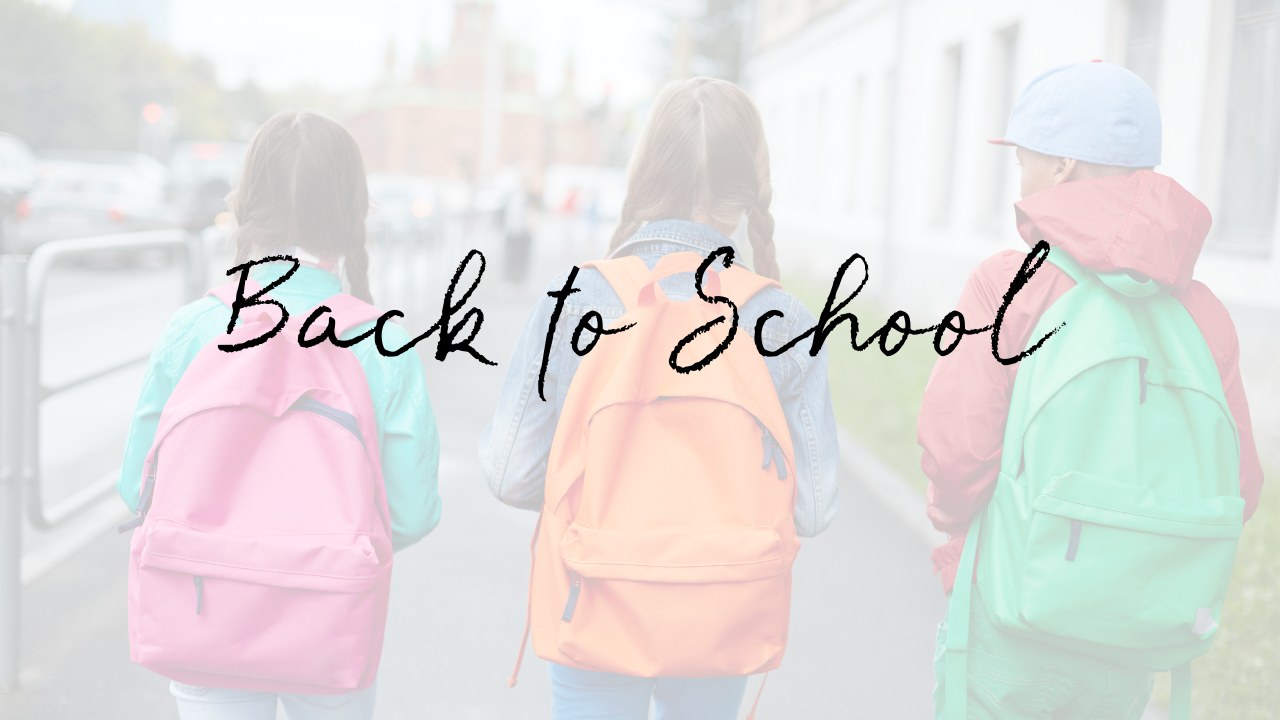
Back to school… again!
Aug 29, 2021Back to school… again!
This can be an emotional time not just for our young people, but for all the family, for many different reasons. This can be the challenge of too many demands in school, a sensory overload or maybe they can’t access school.
According to The PDA Society, there are currently 70% of PDA children out of school, it could be they find the ‘back to school’ situation isolating or triggering.
Your young person is likely to be feeling several different emotions all at once, which is exhausting! They maybe excited to see their friends, find the learning enjoyable, and looking forward to learning opportunities or trips out.
How do we support our kids with holding all these different emotions inside, it’s hard enough as an adult to have two opposing feelings?
Then on top of this, the back to school photos of shiny uniforms and smiling faces can be triggering for all involved.
Let’s talk emotions and how we can navigate this situation:
I found the best way to support my son with difficult moments is by connecting with these emotions ourselves. Thinking about a memory, or a situation we experienced that is similar to your young person can help us remember what it was like in that situation.
- Feeling left out by friends
- Anxious about returning to work after a break
- Going for a job interview.
Then really tune into how you felt during this experience. Tune into your senses and what was happening at the time….
…where exactly were you? …what you were wearing? …was anyone else there?
Spend a few moments checking in with those feelings so you can get back to that moment. When we can connect or tune into our past hurts or difficulties, we are more likely to have empathy and compassion for others.
Then when the right time arises, you are able to reflect what you’ve seen or noticed from their behaviour that might reflect how you experienced things, so when we have those conversations with our young person to help them through those feelings, we can help them make sense of it and think about how best to manage them.
I often use loose language such as, ‘I’m wondering if you are feeling……..?’.
When we reflect back with a story about ourselves, they are more likely to respond, even if it’s, ‘NO I don’t feel…’.
Over the years I’ve used this technique where I have acknowledged either what they have said or the behaviour I am seeing. Then I share a time I’ve had a similar situation with similar emotions to the ones they seem to be expressing.
Taking this time to reflect and respond with your young person will allow them to feel heard, respected and not alone with their emotions during an emotive and challenging time.
And more importantly not so isolated!
We all need practical tips to support the return.
Here some tips that have worked for me, with a more practical look on supporting the ‘back to school’ situation.
- Washing the uniform several times before they wear it means it’s softer and not stiff or scratchy which can be a real sensory issue. It also gives them the familiar smell of the clothes and a gentle visual reminder of the return to school. I’ve also let my son wear his shoes and trousers from the previous term on the first couple of days as they feel comfy and one less new thing to worry about.
- Thinking about a special breakfast and tea. This is about acknowledging they might not feel like eating so you are making a special effort to be positive and support them as much as possible. Having favourite food is comforting.
- I also keep week with as low demand as possible. Limiting the after school activities for the first week as they are often exhausted, I know I always am!
Extra resources.
We have a one page teachers guide to ‘Integration of PDA Students Into A New Classroom’ which you can download below.
You can send this into your school beforehand or take it with you on the first day back to help with creating a smoother transition back into the classroom. It also gives the adults around your young person an opportunity to ask you questions about how they can help moving forward.
You can also give them suggestions of how to support sensory needs with particular sensory toys or activities that help and keep them informed of any known triggers, noises or smells that might be challenging for your child.
Don't forget you.
Lastly look at what you can do for your own wellbeing. It’s vital you look after yourself at this very tricky time.
What small acts of kindness can you do for yourself during the next few weeks. I’ll be concentrating on simple techniques like my gratitude list, stopping and doing some slow deep breaths and grabbing quiet moments to have a bath; whatever time of day it is!
I'm sending positive vibes your way for the next few weeks.
Resources:
Download the teacher’s guide ‘Integration of PDA Students Into A New Classroom’ DOWNLOAD HERE.
The PDA Society also has some excellent resources:
The PDA Society Back to School Resources
Book "The Teacher's Introduction to Pathological Demand Avoidance"


